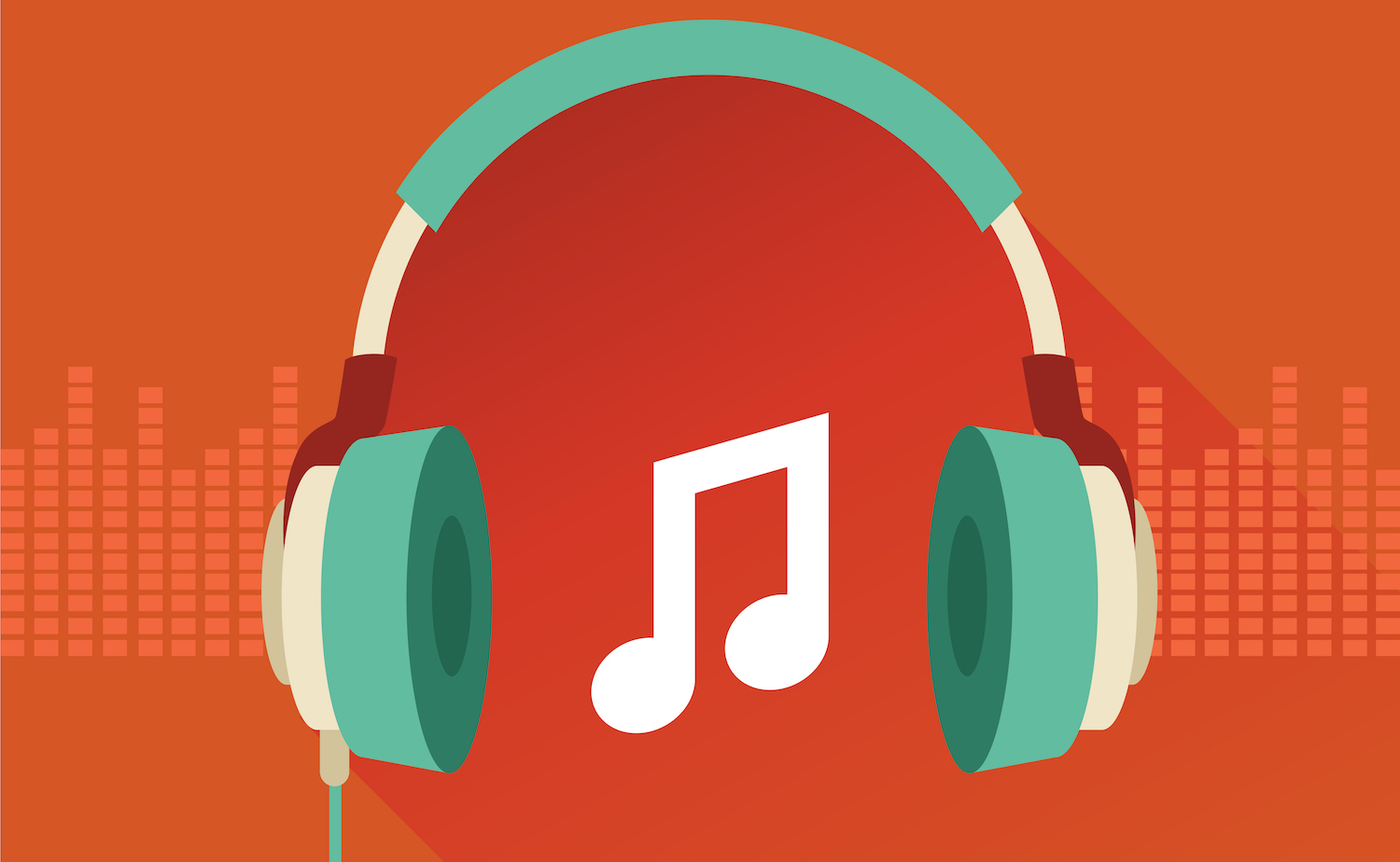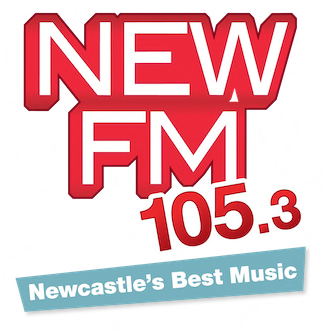The Music Cycle: The Extremes are here as Doldrums approach – Part Two

With so many metrics pointing out that Hip-Hop and R&B are music’s most popular overall genres, Top 40 must move more and more Rhythmic in order to play the hits.
We’re also seeing less Pop Alternative/Pop Rock songs crossing to Top 40, even though this genre remains one of the most popular overall. So as we are deep into the Extremes with a slowing of the amount of Pop hits, less Pop Alternative and more Hip Hop and R&B, Top 40 radio is having an increasingly tough time in keeping that ideal Pop + Rhythm (Hip Hop) + Rock balance.
In Part 2, Guy Zapoleon’s Music Cycle update continues with a deep look at the Music Cycle over the past decade– examining the rise of Hip-Hop and R&B and the decline of Pop on the popularity charts, all signs that the Doldrums are on the way
When you look at the Top 100 of the Streaming charts and the Top 20 of Singles sales charts, outside of Maroon 5, Ariana Grande and 5 Seconds Of Summer, who represent Pop in the Top 20 and Imagine Dragons, who represent Alternative/Rock, 90% of these charts are dominated by Hip Hop, R&B and Rhythmic.
The last time the Airplay charts were as influenced by Hip Hop, R&B and Rhythmic was in the early 2000s during that Extremes phase of the cycle. Currently, we’re seeing that role covered at Top 40 through acts like Drake, Cardi B, Post Malone, and Kendrick Lamar.
YEAR-END CHART GENRE ANALYSIS POPULARITY vs. TOP 40 AIRPLAY DURING THE ’10s
Here are the popularity charts looking at genre percentages covering all genres using the year-end Top 100s over the past eight years, plus the year so far in 2018.
Note the ever lessening amount of Pop as we entered the Extremes full on in 2018. Remember that the Popularity charts include consumer metrics like streaming and sales, as well as airplay, and a lot of different formats affect the songs that reach the top of the charts.
POPULARITY YEAR END CHARTS
| 2018 thru Aug | 2017 | 2016 | 2015 | 2014 | 2013 | 2012 | 2011 | 2010 | |
| AC/RCK/CTRY | 9% | 16% | 18% | 23% | 27% | 35% | 31% | 21% | 18% |
| POP | 21% | 42% | 43% | 44% | 47% | 41% | 39% | 43% | 43% |
| HipHop/R&B | 69% | 42% | 39% | 33% | 27% | 24% | 32% | 37% | 39% |
Benchmarks to look for when studying yearly genre percentages in the Popularity charts
- Hip-Hop/R&B grows to percentages a lot greater than 40% = Extremes (see 2018)
- AC/Rock/Country grow over 30% = Doldrums (see 2012-2013).
- Pop is a lot less than 40% = Extremes & Doldrums
Next, let’s take a look at what’s happening on the Airplay charts. What you see here is that radio is still fighting to maintain the balance of Pop vs. Hip Hop/R&B vs AC/Country/Rock, even though Hip Hop is dominating the Popularity charts (buoyed up by a broader mix of consumer metrics than just pure airplay).
While Hip Hop/R&B dominates, only the biggest most melodic ones become hits in callout research targeting the mass audience and that’s still the biggest factor in determining the songs that get the most airplay.
TOP 40 AIRPLAY YEAR END CHARTS
| 2018 thru Aug | 2017 | 2016 | 2015 | 2014 | 2013 | 2012 | 2011 | 2010 | |
| AC/RCK/ CTRY | 11% | 18% | 15% | 15% | 14% | 23% | 12% | 11% | 16% |
| POP | 67% | 64% | 67% | 69% | 71% | 67% | 64% | 63% | 58% |
| HH/R&B | 22% | 19% | 18% | 16% | 15% | 10% | 24% | 26% | 26% |
Programmers who have studied the Music Cycle know that Pop is the glue genre that allows the format to program the extremes of Pop Alternative/Rock and Hip-Hop and R&B with Pop in between.
Knowing this, Top 40 programmers have always asked labels to give us a steady flow of Pop music and labels have always released what programmers have asked for.
When you look at the Top 40 Airplay charts throughout this decade, you see more Pop, less Hip-Hop and R&B and less AC/Rock/Country than the Popularity charts. You see almost exactly the reverse numbers on the Airplay charts vs. Popularity charts in 2018 as Top 40 continues to play 67% Pop vs. the 21% on the Popularity charts and Top 40 only plays 22% Hip-Hop/R&B when Hip-Hop/R&B occupy 69% of the Popularity charts.
Even during the last few Doldrums phases, the percentage of Pop becoming hits hasn’t dropped this dramatically in 30 years, dating back to the Extremes Doldrums of 1989. However during this Extremes period of 2018 so far, where the focus of leading edge of the audience is on Hip Hop/R&B when you look at the Popularity Charts, Pop is at an alarming 21% — a real danger sign for Top 40.
So, as Pop slows and as Hip Hop is a force all over every cultural platform and has become as super-popular as it is for multiple radio listening generations, how can Top 40 radio not play more than the percentages it has played in the past (and at the same time not go overboard and lose its Pop vs. Hip Hop/R&B vs. AC/Rock balance?
The answer certainly should have us balancing all our radio formats using all of the consumer metrics available to programmers, including Streaming and Sales, but also continuing to use the best indicator of what the masses think… callout research
So, as my legendary programming buddy Steve Rivers always said when Top 40’s woes are as they are now, he would reply with a simple, “Just play the hits.” Top 40 has to be careful about going overboard and giving weaker Pop music too much airplay simply because it’s Pop.
While Pop will always be critically important and the centre of Top 40 with the ratings success of other formats, it’s a good time for Pop programmers to be open to hits from other formats and other styles of music that don’t necessarily fit the Pop or Rhythm Pop sound.
I think that’s critical… and critical for labels to know this so they don’t hold back promoting big hit Alternative, Hip Hop, or even Country and AC titles that could be massive hits at Top 40.
Traditionally, Top 40 has always been about playing the biggest hits regardless of format, and now when we’re starved for hits, we need to get back to that traditional format thinking and play “all the hits.” As I said last year, the industry’s reaction over the next year or two is a critical one for radio as we edge ever closer to the Doldrums phase with the Top 40 format’s ratings dropping.
From 1990-1994 after the Extremes phase of ’89, after Top 40 began losing adult ratings, owners panicked and the format went overboard and dropped all Hip Hop and edgier Rock, embraced softer sounds and had less Pop music available to play.
The end result nearly killed Top 40, causing 500 stations to exit the format, with owners heeding consultants pronouncing the format’s death in the New York Times and Wall Street Journal. Finally in 1996-97 after Tom Poleman’s phenomenal resurrection of Z100/New York as a Top 40, owners regained confidence in the format. But that Doldrums phase lasted two to three years longer than normal before the Music Cycle experienced Rebirth because of a poor industry reaction to the Extremes and Doldrums phases of the Music Cycle.
So my recommendation in a time we are starved for hits is for Top 40 to again be open to all the potential from multiple formats. Top 40 also needs to continue to maintain its Pop – Hip Hop – R&B-Rock/AC balance and intelligently embrace Hip Hop — playing the biggest and most melodic songs when they become hits, and carefully play a bigger percentage of Hip Hop when they become hits in callout research.
With Top 40 embracing melodic Hip Hop and R&B and being open to hits from all genres, including exciting new ones, it becomes music’s way of evolving to appeal to a new generation of music consumers, and the industry will evolve with it.
If radio, which still remains the most dominant medium for listening to music, reacts properly — delivering the most compelling mix of great music for this new generation of radio listeners it will eventually produce the evolution of Pop, Rock/AC and Hip Hop/R&B, reinventing popular music as well as our music platforms, which is good for both radio and labels and creating a healthy industry.
Guy Zapoleon is the SVP of Research and Strategy for iHeartMedia. He has 45 years of experience programming and consulting in radio, and founded Zapoelon Media Strategies in 1992.
You can read Part One of his article on The Music Cycle here.


